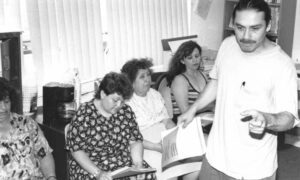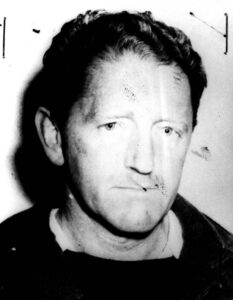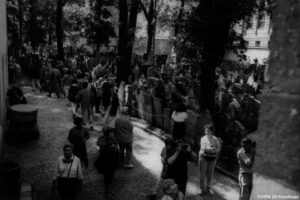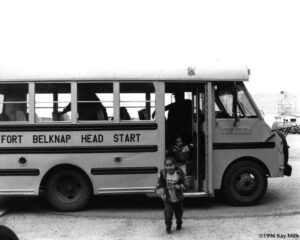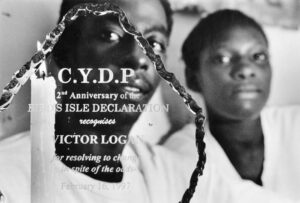
Struggling to Change in Spite of the Odds
Belize City, Belize–”Stinga,” is a Conscious Youth success story. The former head of the Black Scorpion Posse, BSP, is one of the original gang leaders, who signed a historic truce halting gun battles on Belize City streets. Stinga surveys his muddy surroundings before venturing from

